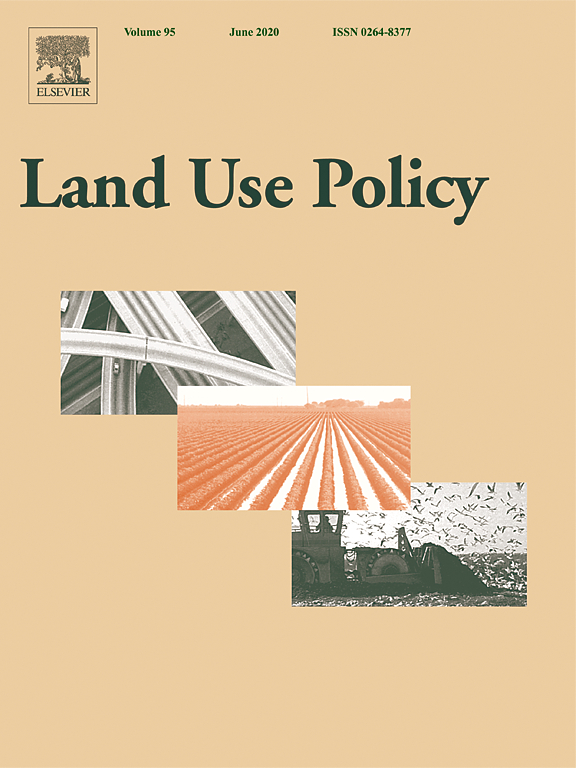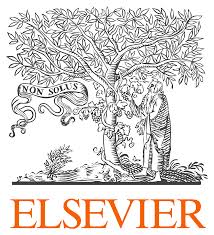Location
Land Use Policy is an international and interdisciplinary journal concerned with the social, economic, political, legal, physical and planning aspects of urban and rural land use. It provides a forum for the exchange of ideas and information from the diverse range of disciplines and interest groups which must be combined to formulate effective land use policies. The journal examines issues in geography, agriculture, forestry, irrigation, environmental conservation, housing, urban development and transport in both developed and developing countries through major refereed articles and shorter viewpoint pieces.
Land Use Policy aims to provide policy guidance to governments and planners and it is also a valuable teaching resource.
ISSN: 0264-8377
Members:
Resources
Displaying 246 - 250 of 279Effect of Good Agricultural and Environmental Conditions on erosion and soil organic carbon balance: A national case study
Since, the Common Agricultural Policies (CAP) reform in 2003, many efforts have been made at the European level to promote a more environmentally friendly agriculture. In order to oblige farmers to manage their land sustainably, the GAEC (Good Agricultural and Environmental Conditions) were introduced as part of the Cross Compliance mechanism. Among the standards indicated, the protection of soils against erosion and the maintenance of soil organic matter and soil structure were two pillars to protect and enhance the soil quality and functions.
Implications of agricultural bioenergy crop production and prices in changing the land use paradigm—The case of Romania
The article starts from the premise that agricultural bioenergy crop production has massive influence in changing the land use paradigm in Romania, due the fact that important land surface areas are cultivated with such crops because of the increasing demand of biofuels. The main aim of the paper is to answer a research question: are there any changes in arable land use patterns determined by the increasing of the agricultural bioenergy crop production and what is the pressure on food consumption? The results show that the competition agricultural vs.
Analysis of possibilities for linking land registers and other official registers in the Republic of Croatia based on LADM
Weak or non-existing linkage of official registers in the Republic of Croatia and the data redundancy as an inevitable outcome of such a state are the causes of various unwanted consequences for the relevant public authorities, as well as for citizens and companies as the end-users of that data. In this paper we present the results of an analysis of the status of the redundancy within the Croatian land administration-related registers.
Forestry paradigms and policy change: The evolution of forestry policy in Britain in relation to the ecosystem approach
Forestry policy and practice in Britain has been subject to a series of paradigm changes since the establishment of the Forestry Commission in 1919. Drawing on a documentary analysis of legislation, published policy statements, commentaries and scholarly critiques, this paper argues that British forestry policy has undergone three significant paradigm shifts since it was first mooted in the late 19th century.
The Land Administration Domain Model
Societal drivers including poverty eradication, gender equality, indigenous recognition, adequate housing, sustainable agriculture, food security, climate change response, and good governance, influence contemporary land administration design. Equally, the opportunities provided by technological development also influence design approaches. The Land Administration Domain Model (LADM) attempts to align both: the data model provides a standardised global vocabulary for land administration.



